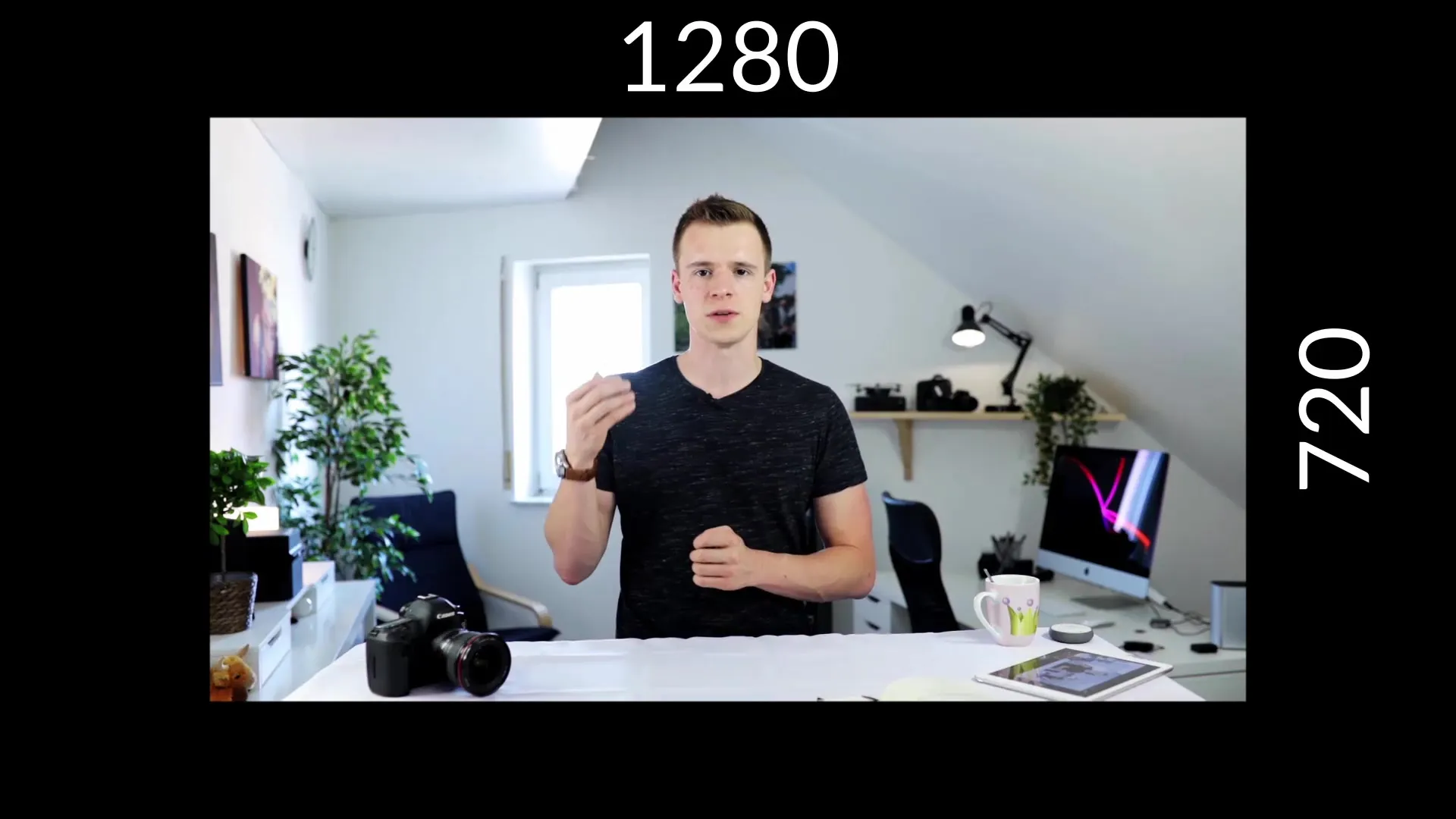In the world of videography, resolutionis one of the most fundamental but often misunderstood concepts. Many people automatically associate a higher resolution with better video quality. But what does resolution really mean, and how does it affect the final result? Let's get to the bottom of this topic.
Key Insights
- The resolution of a video is measured in pixels, with “P” standing for pixels.
- Videos consist of many individual frames, and the resolution of each individual frame plays a crucial role in image quality.
- The common resolutions are: 480p, HD (720p), Full HD (1080p), and 4K (2160p).
- 4K not only delivers a higher pixel count but also requires more powerful devices to utilize it properly.
- Higher resolutions do not automatically mean better quality; factors like frame rate, lighting conditions, and contrast are equally important.
Step-by-Step Guide to Understanding Resolution
First, we need to understand what resolution really means in videography. When you start your smartphone camera, you may see a display like “4K” or “1080p.” But what exactly does that mean?
The “P” in 480p, 720p, 1080p, or 2160p stands for pixels. A pixel is a single point in the image that displays a specific color. The more pixels you have, the more detailed and sharper the image is. For example, with “480p,” it means the image is 480 pixels high, and the width is not directly included in the number, but the image usually has a standard aspect ratio.
Let’s move on: if you have a standard-based image comparison, you will notice that an image with 480p is recognizable but can still appear relatively blurry. In contrast, Full HD (1920 x 1080) already offers a significant improvement in image sharpness.

HD (720p) is also a common standard, but technological advances have led to High Definition (Full HD) and 4K. A 4K image has a resolution of 3840 x 2160 pixels or 2160p. These high-resolution formats are now widespread when it comes to streaming and professional video production.

However, “4K” is not always equal to “4K.” While some devices advertise 4K capability, it is often actually UHD (Ultra High Definition), resulting in slight variations in width.

A 4K image can claim to have four times as many pixels as a Full HD image. This is important because it means that to get the full quality, you also need to work in an environment that can handle the performance of 4K.

The problem is that nowadays there are many products on the market that are advertised as “4K” but often do not deliver the quality one might expect from high-priced professional cameras. Therefore, we recommend paying attention to other factors, such as frame rate and color depth. These factors significantly influence the overall image, even if the resolution itself is already high.
Many users mistakenly believe that a camera is the best choice just because of its 4K capability without paying attention to other technical specifications. A well-lit Full HD film can often deliver better results than a poorly lit 4K video.

Summary – Videography Course: Understanding and Effectively Using Resolution
The decision on the right resolution depends on many factors. Exclusive camera technology and modern devices are important, but they are not the only aspects. Always consider what resolution makes the most sense for your project and whether your equipment, lighting, and post-production can achieve the desired effect. Higher resolution is only one part of the puzzle.
FAQ
What is resolution?Resolution indicates the number of pixels in an image. It is often given in the form of “1080p,” which stands for 1080 pixels in height.
Why is resolution important?Resolution affects the image quality of a video, but it is not the only factor. Frame rate, lighting, and other elements are also crucial.
What are the most common video resolutions?The most common resolutions are 480p, HD (720p), Full HD (1080p), and 4K (2160p), with the latter offering four times the number of pixels compared to Full HD.
Is 4K always the best choice?4K is not always the best choice, as image quality also depends on other factors, such as frame rate and lighting.
How can I ensure I choose the right resolution for my video?Consider the requirements of your project, the equipment you are using, and the environmental conditions in which you are filming.


